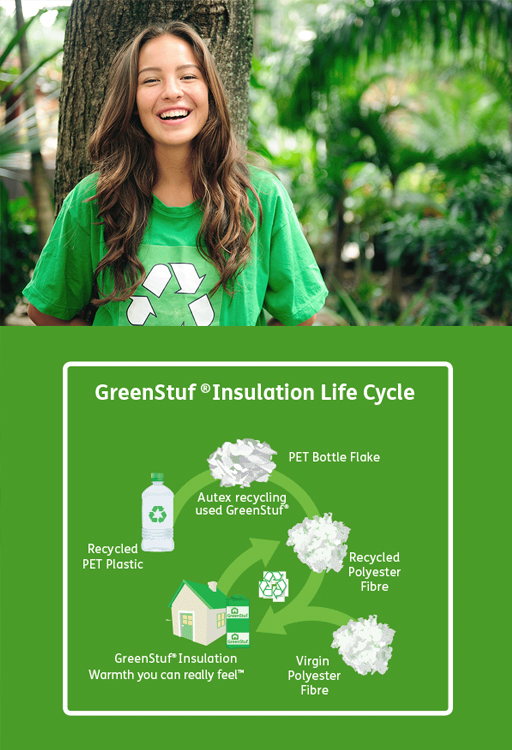
Insulation in the 21st Century
Insulation has in recent decades become an integral part of modern building structure. Most buildings need insulation, or at least benefit greatly from it. Insulation can broadly be categorised into two categories; thermal and acoustic. The purpose of thermal insulation is to restrict the transmission of heat and cold into the building, whereas the purpose of acoustic insulation is to restrict the transmission of sound into and within the building.
Significant heat losses in uninsulated homes
Without insulation in winter time, much of the heat produced inside, by wood stoves or other heat generators, will be lost through the ceiling, walls and underfloors. Windows can also cause significant heat loss during winter (and conversely allow a lot of excess heat to enter the building during the hotter months of the year). Tinting the glass helps to reduce the impact of the sun on windows that are exposed to direct sunlight. For those who want to take it a step further, double glazed windows are an excellent option.
 Insulating homes with glasswool or polyester
Insulating homes with glasswool or polyester
Thermal bulk insulation can be made from a number of different materials, the most common of which is fiberglass, also known as glasswool. Insulation made from polyester is also becoming increasingly popular. Polyester insulation such as Greenstuf, is completely itch free to install and is also favoured among allergy sufferers due to the absence of tiny breathable fibres. With a bit of know how and some basic tools it’s fully possible to install your own bulk insulation in the walls, ceilings and even under a raised timber floor.
Using foil insulation to reflect radiant heat
Foil insulation works differently to bulk insulation. While bulk insulation slows down the transfer of heat, foil insulation acts as a reflective barrier against the radiant heat of the sun. This type of insulation is commonly installed inside the roof cavity immediately beneath the roof tiles or under metal roof sheets. In the past it was common practice in some areas of New Zealand to staple foil insulation directly onto the ceiling joists. However, this is not recommended due to the high risk associated with stapling through live metal wiring which can often be found running across the timbers of older homes. When installed in the wall cavities, reflective insulation can add an r value of approximately 1.0 and it’s very common to be installed in combination with bulk insulation.
Acoustic insulation for soundproofing
Acoustic insulation is more dense than ordinary bulk insulation and is specially designed for soundproofing, or at least restricting the transfer of unwanted noise between floors and walls. Wall insulation is typically installed at the time of construction of the new building. Before deciding what type of wall insulation to use, consider carefully the potential impact outside noise, for example, traffic and barking dogs, might have on your quality of life, and the level of soundproofing that you will need.
Essential in domestic and commercial construction
Commercial buildings also require insulation. These often take the form of rigid panels which are fixed directly to the building framework or concrete structure using special screws. A properly insulated building will in many cases be more than twice as energy efficient as a building with no insulation. As such, insulation is usually the best investment a building owner can make towards reducing the long term energy usage and cost of the building occupants.